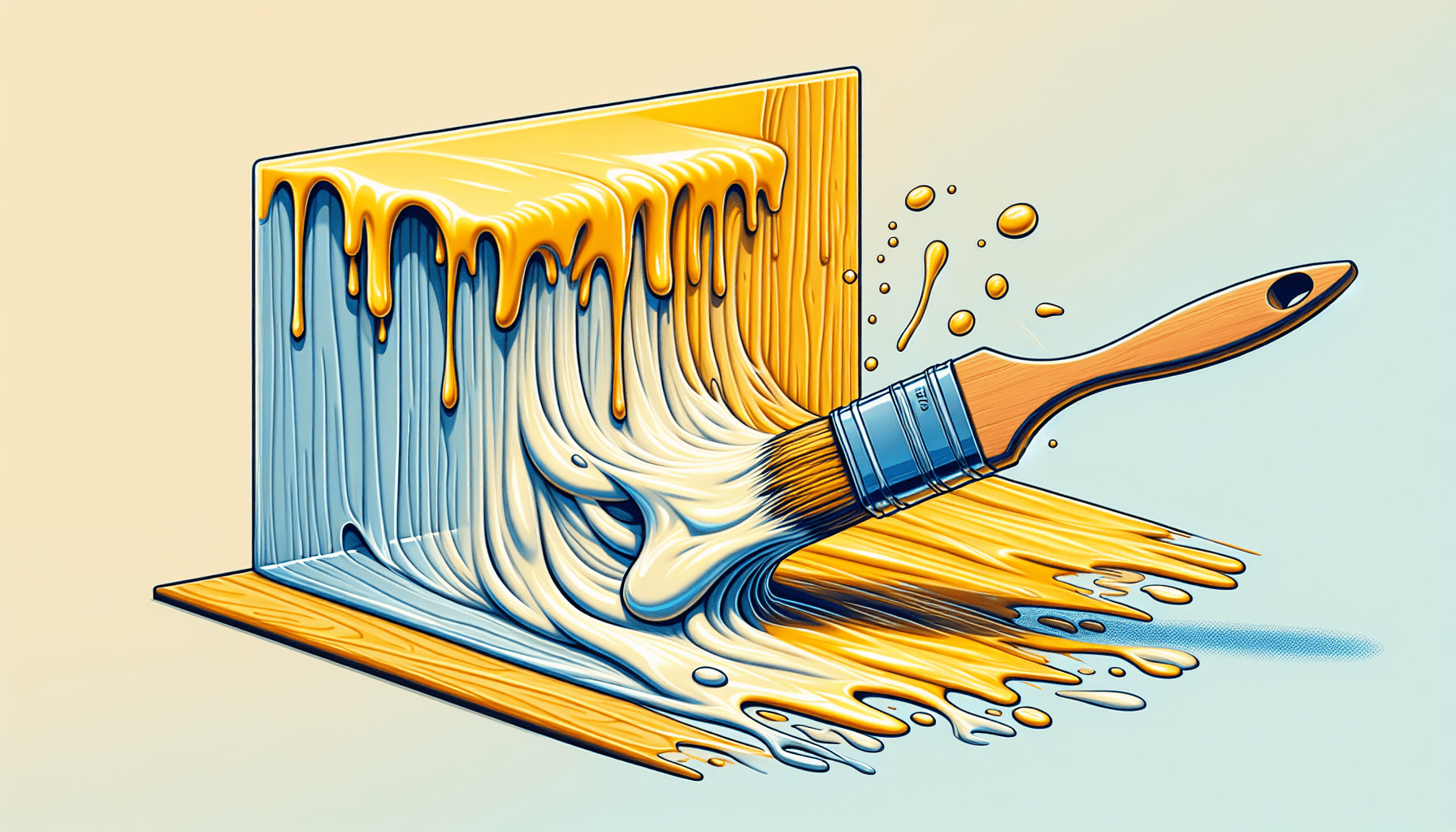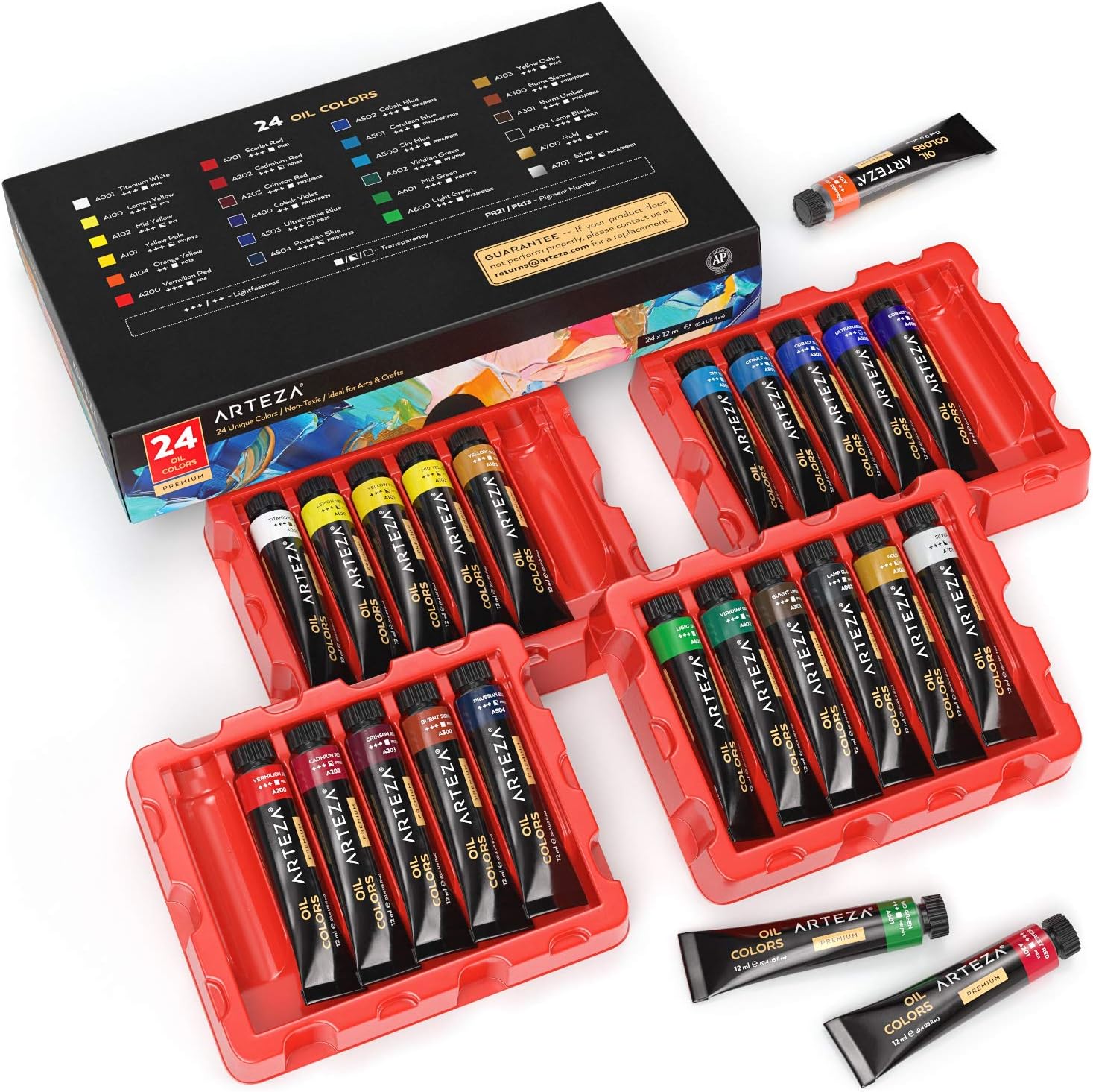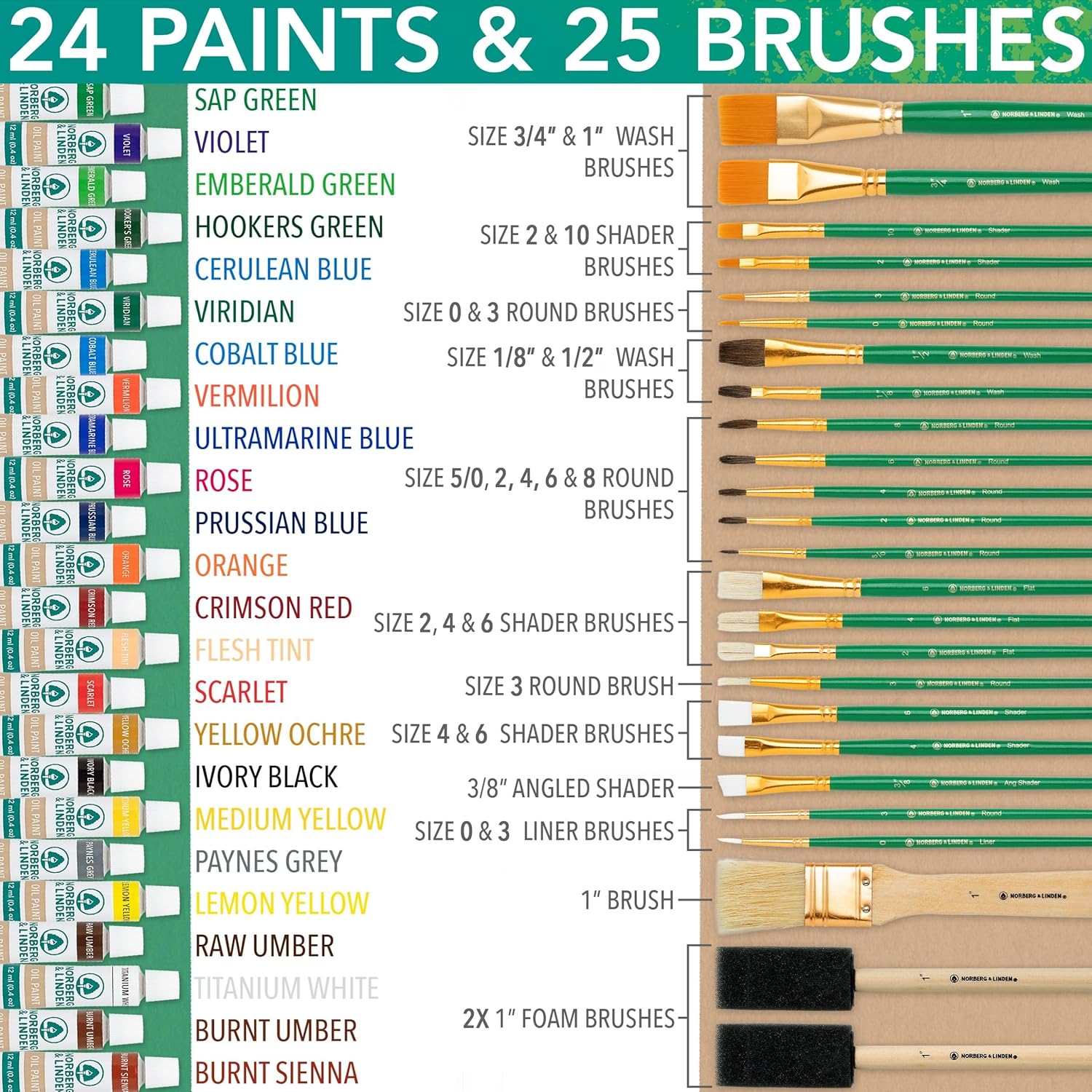In the detailed exploration of “What Happens If You Paint Oil Over Latex“, you’re about to gain a profound understanding of the complex chemical interactions and potential impact on the visual aesthetic when these two types of paint intersect. With insights from professionals in the field, this informative article will equip you with knowledge on the subject, providing you with key factors to consider before blending these paint types and highlighting the possible challenges you might confront. This guide will help optimize your painting process to ensure a high-quality and durable finish.
Understanding the Difference Between Oil-based Paint and Latex-based Paint
In the realm of paint, two primary types prevail – oil-based paint and latex-based paint. Although both types serve the same fundamental purpose of adding color and life to a variety of surfaces, they differ greatly in terms of chemical composition, performance characteristics, and applications. Understanding these differences is essential to obtaining the desired outcome in any decorating or renovation project.
Composition of Oil-based Paint
Oil-based paint, as its name suggests, is made up primarily of oil. The oil serves as a carrier for the color pigment, providing a smooth, glossy finish that is highly resistant to wear and tear. The slow-drying nature of oil-based paint allows for more time to work on the surface, resulting in fewer brush strokes and a more professional looking finish. However, this type of paint is notorious for its strong smell, and the solvents used in cleaning brushes and other equipment are highly toxic.
Composition of Latex-based Paint
Latex-based paint, on the other hand, uses water as the primary carrier of pigment. This type of paint is known for its quick-drying properties, low odor, and easy cleanup – factors that make it a popular choice for indoor applications. However, latex paint isn’t as sturdy as its oil-based counterpart and may need frequent retouching in high-traffic areas or regions exposed to harsh weather conditions.
Key Differences in Drying Process
The drying process is where you’ll notice one of the key differences between oil-based and latex-based paints. While oil-based paint takes quite a while to dry, it does so evenly, minimizing the chance of streaks or roller marks. Latex paint dries faster, which can be both a benefit and a drawback. On one hand, it speeds up the painting process, but on the other, it can result in uneven appearances if not managed properly.
Key Differences in Durability
When considering durability, oil-based paint generally comes out on top. It’s sturdy, withstands frequent cleaning, and doesn’t chip easily. Latex paint, while not quite as durable, still offers a good level of protection. It resists fading and maintains flexibility, reducing the risk of cracking over time.
Applying Oil-based Paint Over Latex-based Paint
Cross-application of these two types of paint needs to be approached with caution. Applying oil-based paint over latex-based paint can result in a number of potential issues which could compromise the look and longevity of your paint job.
Potential Issues with Adhesion
Oil-based paint may struggle to adhere properly to a surface already coated in latex paint. This could result in the new layer of paint peeling off or being easily scratched off, negating any benefits of repainting in the first place.
Uneven Appearance and Poor Coverage
The dissimilar compositions of these paints can lead to an uneven appearance when one is applied over the other. You might find yourself needing multiple coats to achieve good coverage, which could result in a textured surface rather than a smooth one.
Increased Drying Time
While oil-based paint is already slow-drying by itself, applying it over a layer of latex paint may further prolong the drying process. This could potentially leave the painted surface vulnerable to dust, debris, and damage for a longer period of time.
Possible Crackling or Peeling
Over time, applying oil paint over latex can lead to “alligatoring,” a form of paint failure that resembles the cracked skin of an alligator. This happens when the top layer of paint dries much faster than the bottom layer, causing it to crack and peel.
Difficulty with Future Maintenance
In the long run, oil paint over latex can present difficulties in terms of maintenance. Future touch-ups or repainting may prove to be challenging as the adhesion issues remain. Any new paint may also have a hard time sticking to the oil paint.
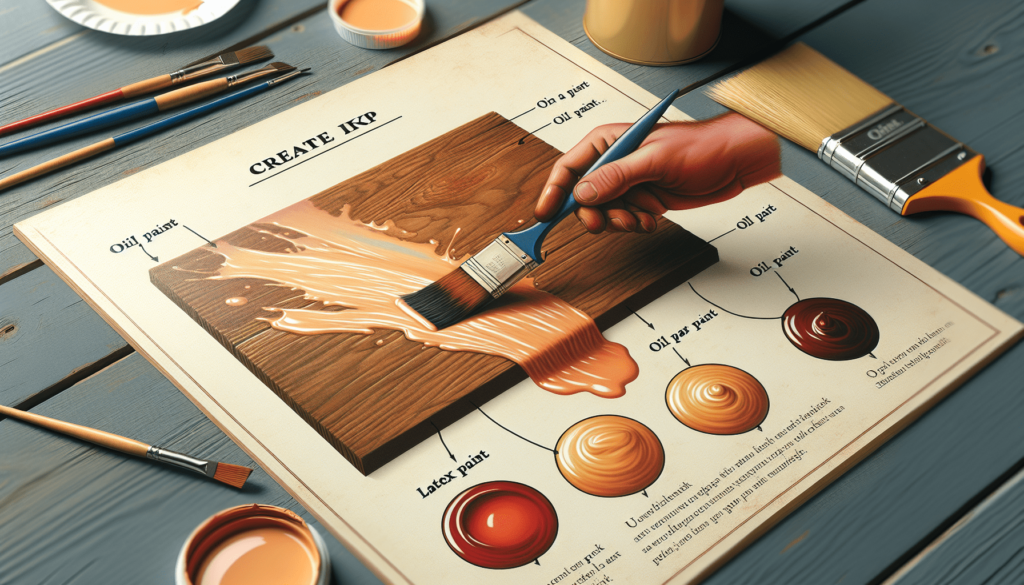
Preparation and Priming
For successful painting, preparation is key. If you absolutely must paint oil over latex, taking certain precautionary steps can minimize potential challenges.
Surface Cleaning and Sanding
Start by thoroughly cleaning the latex-painted surface before applying the oil-based paint. This should be followed by sanding the surface to roughen it up and increase the adhesion of the new paint.
Using a Primer
After cleaning and sanding the surface, a good quality primer should be applied. Primers help to seal off latex paint, provide a good surface for the oil paint to stick to, and aid in achieving an even appearance.
Choosing the Right Primer
Selecting an oil-based primer will maximize the probablility of a successful repaint. This type of primer is designed for stringent adherence and will provide the best base for your oil-based topcoat.
Applying the Primer
The primer should be applied evenly across the surface, ensuring proper coverage. Once the primer is dry, you can proceed to apply your oil-based paint.
Removing Oil-based Paint from Latex-based Paint
Should you face challenges with oil paint over latex, removing the oil paint is probably the most suitable solution before you repaint.
Scraping and Sanding
Use a scraper to remove as much of the oil paint as possible, then use sandpaper to smooth the surface and remove any remaining paint. Bear in mind that you may need to be patient as this method can be time-consuming and resource-intensive.
Chemical Paint Strippers
A chemical paint stripper can be used when dealing with stubborn oil paint. Given the strong nature of chemical strippers, always take precautions when using them and work in a well-ventilated area.
Taking Precautions
Whether you’re scraping, sanding, or using a chemical stripper, always use proper safety gear. Goggles, gloves, and a respirator mask are all recommended to protect your body from harm.
Repainting with Appropriate Material
Once you’ve completely removed the oil paint, you can proceed with repainting using the appropriate paint type.
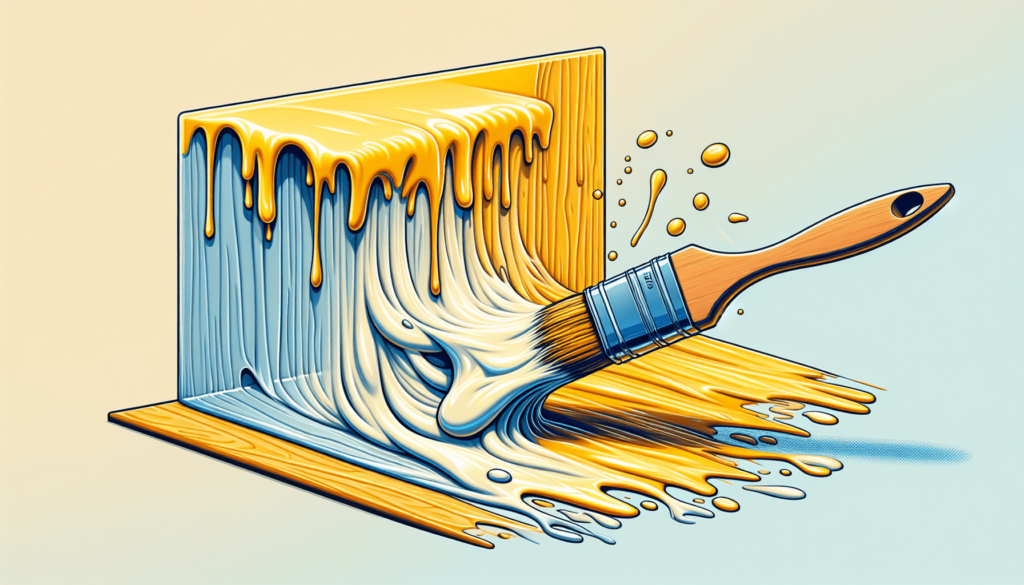
Alternatives to Repainting
If repainting isn’t an option, there are alternatives for managing existing oil paint over a latex-based surface.
Using a Sealant or Varnish
Applying a sealant or varnish can potentially help protect and extend the life of the existing paint. This can provide an extra layer of defense against wear, making the paint job last longer.
Applying a Clear Acrylic Topcoat
A clear acrylic topcoat can act as a barrier over the oil paint, giving it a glossy or matte finish (depending on your preference) while ensuring the existing paint is less prone to scratches and wear.
Tips for Preventing Oil Over Latex Mistakes
Prevention, they say, is better than cure. Here are some tips to help you avoid painting oil over latex.
Identify the Existing Paint Type
Before repainting, ensure you’re aware of the type of paint currently on the surface. Is it oil-based or latex-based? There are simple tests you can perform to confirm this, such as rubbing a cotton ball soaked in rubbing alcohol against the surface. If the color comes off onto the cotton, it’s likely latex.
Take Proper Precautions
Prepare the painting surface well by cleaning, drying, and sanding if necessary. Use primer before applying the paint to enhance adhesion and improve the appearance of your paint job.
Perform a Test Area
Before painting the entire surface, it’s always good practice to test the paint on a small area first. Allow it to dry and assess the result before proceeding with the rest of the painting.
Consult with Professionals
Finally, don’t shy away from consulting with paint professionals. Their expertise and experience can prove beneficial in making informed decisions and avoiding potential problems.
Benefits of Hiring Professionals
While DIY painting projects can be satisfying, hiring professionals offer distinct advantages.
Expert Advice and Guidance
Professionals have the experience, knowledge and tools to deliver flawless painting results. They can offer expert advice on the best type of paint for your specific application.
Specialized Tools and Equipment
Professional painters have access to specialized tools and equipment that are not often available to the average homeowner. This equipment allows them to complete the job more efficiently and accurately.
Efficient and Accurate Results
As they are trained in accurate application techniques, professional painters are likely to produce a more even paint job in less time. This results in a more attractive, durable finish without the typical DIY pitfalls.
Saves Time and Effort
Ultimately, hiring professionals can save you time and effort. You don’t have to worry about preparation, painting, cleaning or correcting mistakes, as all these are taken care of by your hired professionals.
Conclusion
Understanding the Consequences
When it comes to painting, it’s essential to comprehend the potential consequences of combining different types of paint. Painting oil over latex can lead to a host of challenges, and often the best course of action is to avoid this practice altogether.
Importance of Proper Preparation
Whether you’re undertaking a DIY project or enlisting the help of a professional, adequate preparation is crucial. This includes understanding what type of paint you’re dealing with, appropriately priming the surface, and testing your chosen paint in a discrete area before full application.
Seek Professional Advice if Uncertain
If in doubt, always consult a professional. The additional cost could outweigh the potential expenses associated with correcting a poorly executed oil-over-latex paint job. Remember, with painting, just like with many other things, it’s often better to do it right the first time.
